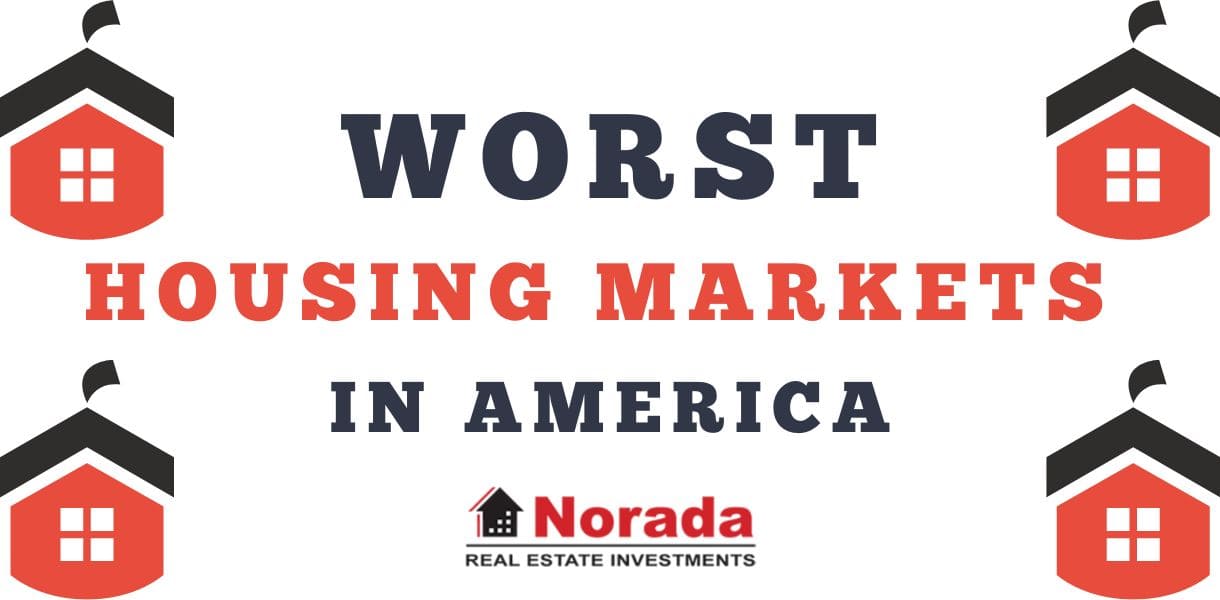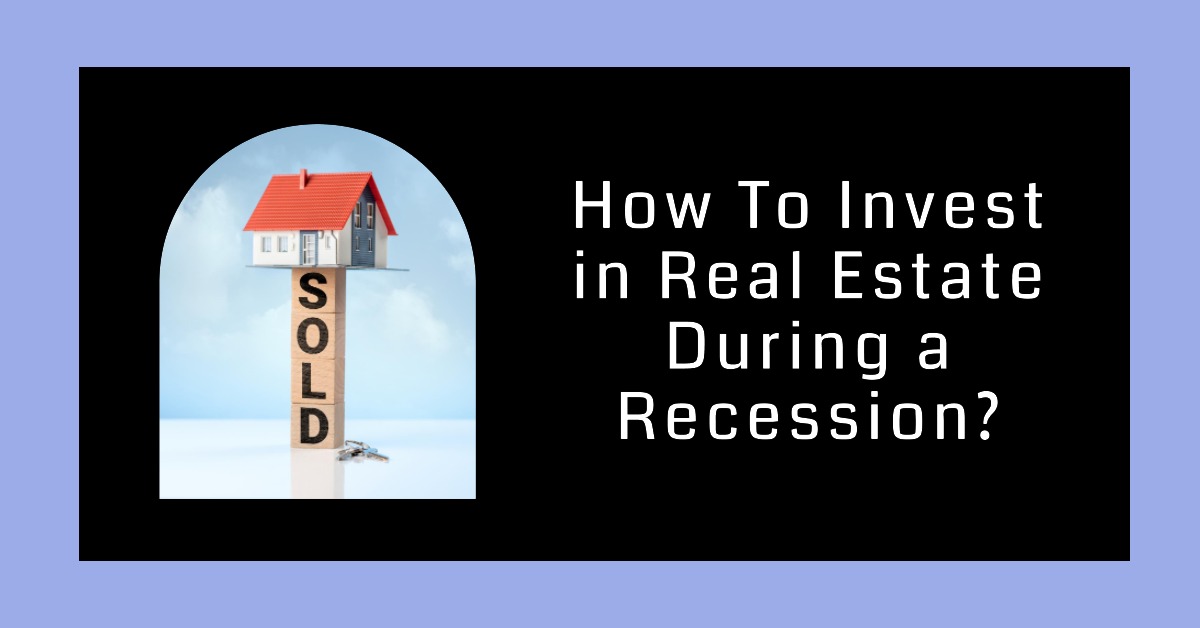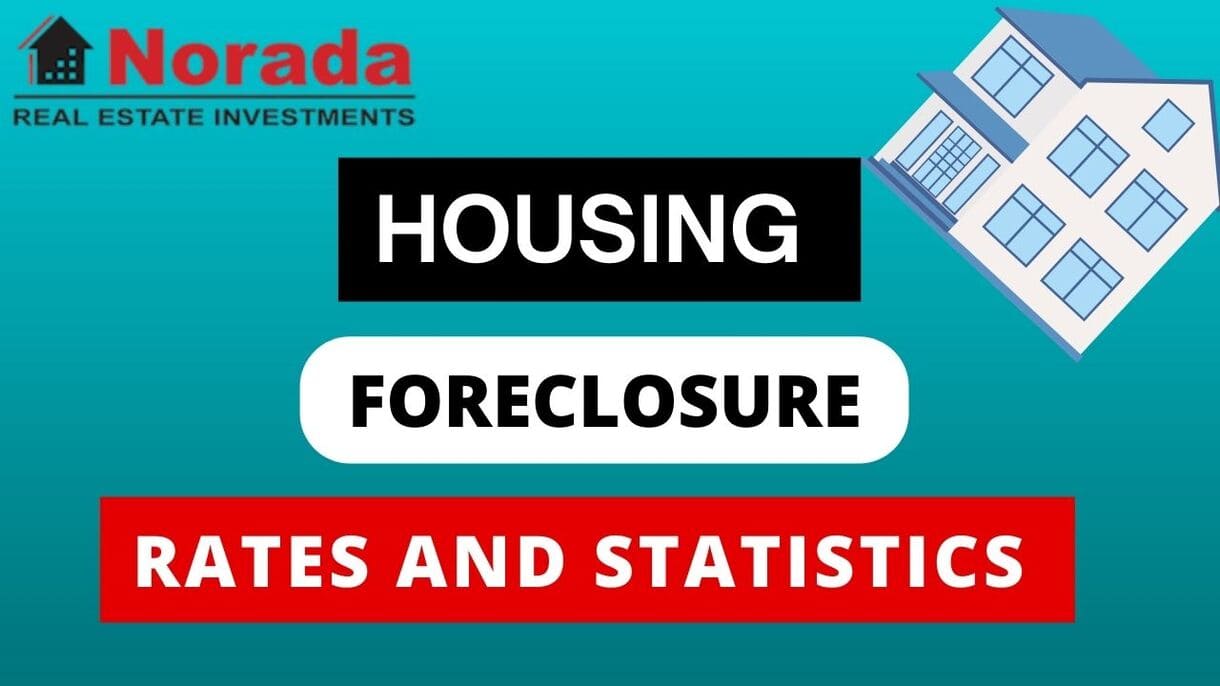So, you're wondering about the current Scottsdale housing market trends? As of mid-2025, the Scottsdale housing market appears to be shifting towards a buyer's market, presenting a balanced scenario with opportunities for both buyers and sellers. Let's dive in to find out more about this housing market in 2025.
Scottsdale Housing Market Trends in 2025:
Home Sales
Let's dive into the numbers. Home sales are a good indicator of how active the market is. According to the data by Scottsdale REALTORS®, in June 2025, the median sold price for homes in Scottsdale was $920,000. This shows a 2.22% increase month-over-month. A lot of homes are changing hands, so the demand is still high.
Home Prices
One of the biggest questions everyone has is about home prices. Are they going up, down, or staying the same? As mentioned above, the median sold price in June 2025 was $920,000. However, it's important to look at the bigger picture. The median estimated value is $863,980 showing a change of 1.4% over the past 12 months.
Are Home Prices Dropping in Scottsdale?
The million-dollar question (well, almost a million!). While the median sold price did increase from May to June, the rate of increase is slowing down. It's not a freefall, but we're not seeing the crazy price jumps we saw a few years ago. From the looks of it, the median list price is $985,000, down 1.4% MoM.
Housing Supply
How many homes are available for sale? This is called the housing supply, and it plays a huge role in determining whether it's a buyer's or seller's market.
In June 2025, the months supply of inventory was 8.18. This means that at the current rate of sales, it would take about 8 months to sell all the homes currently on the market. This is a 9.01% increase month-over-month, and a 42.5% increase over the last 12 months.
Is Scottsdale a Buyer's Housing Market in 2025?
Here's the deal: a balanced market usually has around 5-6 months of inventory. Anything above that starts to favor buyers, and anything below favors sellers. With over 8 months of inventory, Scottsdale is leaning toward a buyer's market, which means that buyers may have more negotiating power.
Market Trends Based on recent data, here's a quick snapshot of the Scottsdale housing market:
| Metric | June 2025 | Change (MoM) |
|---|---|---|
| Median Sold Price | $920,000 | ↑ 2.22% |
| Median Estimated Value | $863,980 | +0.5% |
| Months Supply of Inventory | 8.18 | ↑ 9.01% |
| Sold to List Price % | 96% | ↓ 0.54% |
| Median Days in RPR | 61 days | ↑ 7.02% |
Impact of High Mortgage Rates
Of course, we can't talk about the housing market without mentioning mortgage rates. These rates have a big influence on what people can afford.
Currently, U.S. weekly averages as of 07/31/2025, the average 30-year fixed mortgage rate is around 6.72% and 15-Yr FRM is about 5.85%, according to Primary Mortgage Market Survey® by Freddie Mac. The 30-year fixed-rate mortgage showed little movement, remaining within the same narrow range for the fourth consecutive week. Continued economic growth, along with moderating house prices and rising inventory, bodes well for buyers and sellers alike. According to various forecast, 30-year FRM rate will end 2025 between 6.0 to 6.5 percent. Borrowers should find comfort in the stability of mortgage rates, which have only fluctuated within a narrow 15-basis point range since mid-April.
High mortgage rates mean that borrowing money to buy a house is more expensive. This can cool down demand and put downward pressure on prices. Although rates are expected to slightly decline at the end of the year, they are still relatively high.
My Two Cents
I've been watching the Scottsdale market for a while now, and I think we're entering a more balanced phase. The days of bidding wars and homes selling way over asking price seem to be behind us. While prices might not plummet, buyers have a bit more breathing room. For sellers, it means being realistic about pricing and making sure your home is in tip-top shape to attract potential buyers. Working with an experienced real estate agent is more important than ever to navigate these changing conditions.
The Bottom Line – The Scottsdale housing market trends in mid-2025 show a market that's shifting toward a buyer's advantage. Inventory is up, price increases are moderating, and mortgage rates are influencing affordability.
Scottsdale Housing Market Forecast 2025-2026: What's Ahead?
Predicting the future is tough, especially in real estate! However, by analyzing the current Scottsdale housing market trends and considering broader economic factors, we can sketch out a possible scenario for 2025-2026.
Key Factors Influencing the Forecast
Before we dive into specifics, here are the main things that will likely shape the Scottsdale housing market over the next year or so:
- Mortgage Rates: As we mentioned before, mortgage rates are a huge driver. If they stay elevated, it'll keep pressure on affordability. Any significant drops could spark more demand.
- Inventory Levels: The supply of homes for sale will continue to be a crucial factor. Will it keep rising, level off, or even start to decline?
- Economic Growth: The overall health of the economy, both nationally and locally, will impact people's ability and willingness to buy homes.
- Migration Patterns: Is Scottsdale still attracting new residents from other states? Strong population growth fuels housing demand.
Possible Scenarios
Given these factors, here are a few potential paths the Scottsdale housing market could take:
Scenario 1: The “Slow and Steady” Market
- Mortgage rates remain relatively stable at around 6% – 6.5%.
- Inventory gradually increases but doesn't reach extreme levels.
- The economy continues to grow at a moderate pace.
- Migration to Scottsdale remains positive, but slows down slightly.
In this scenario, we'd likely see:
- Home prices remain relatively flat, with small increases in some areas and minor decreases in others.
- Days on market stay elevated, giving buyers more time to consider their options.
- Negotiating power remains in favor of buyers, but not overwhelmingly so.
- Overall market activity is moderate and fairly predictable.
Scenario 2: The “Buyer's Market Deepens”
- Mortgage rates rise slightly further, perhaps peaking near 7%.
- Inventory continues to build as more sellers enter the market.
- Economic growth slows down, leading to some job losses.
- Migration to Scottsdale stagnates or even declines slightly.
In this scenario, we could see:
- Home prices experience more noticeable declines, particularly in the luxury market.
- Homes take longer to sell, and price reductions become more common.
- Buyers have significant negotiating leverage, potentially getting great deals.
- Foreclosure activity might start to tick up (though not to the levels seen during the housing crisis).
Scenario 3: The “Unexpected Rebound”
- Mortgage rates drop unexpectedly, perhaps due to a shift in Federal Reserve policy.
- Inventory tightens as buyers jump back into the market.
- The economy experiences a resurgence, fueled by new industries or technologies.
- Migration to Scottsdale accelerates, driven by lifestyle factors or job opportunities.
In this more optimistic scenario, we might see:
- Home prices start to rise again, although likely not as dramatically as in the past.
- Homes sell relatively quickly, and competition among buyers increases.
- Sellers regain some negotiating power.
- New construction activity picks up to meet the renewed demand.
My Best Projections for Scottsdale
Based on the current Scottsdale housing market trends, I think Scenario 1, the “Slow and Steady” Market, is the most likely outcome. We're already seeing a shift towards more balance, and it's unlikely that we'll experience a major shock that dramatically changes the trajectory.
Here are my specific predictions:
- Home Prices: Expect modest fluctuations, with overall prices staying relatively flat or perhaps declining by a few percentage points. Some desirable neighborhoods might see slight increases.
- Inventory: Inventory will likely remain elevated compared to the peak of the seller's market, giving buyers more choices.
- Mortgage Rates: I anticipate rates to stay within a range of 6% to 6.5%.
- Days on Market: Homes will take longer to sell than they did a few years ago, so sellers need to be patient.
Should You Invest in the Scottsdale Real Estate Market?
Scottsdale, Arizona is a highly desirable location for real estate investment. With its warm climate, stunning natural scenery, vibrant nightlife, and high-quality educational institutions, Scottsdale has something to offer for everyone. The city has been ranked as one of the best places to live in the United States, and it is not hard to see why.
The Scottsdale real estate market has been thriving in recent years. There are many investment opportunities in Scottsdale, ranging from single-family homes to multifamily properties. The city has a diverse range of properties available, from luxury homes to more affordable options. One of the most promising investment opportunities in Scottsdale is in rental properties. The rental market is strong. The city has a high demand for rental properties, making it a great location to invest in rental real estate.
Another promising area for real estate investment in Scottsdale is commercial real estate. The city has a thriving economy, with a range of businesses and industries that are in need of commercial space. With a growing population and a strong economy, the demand for commercial real estate is likely to continue to grow in the coming years.
The Excellent Quality of Life
A city in a large metropolitan area is competing with every other city for residents. If the city is poorly managed or simply deteriorates, it’ll lose residents who only have to move a few miles to get away from it. In this regard, Scottsdale real estate investment is a wise choice because the city stands out in terms of quality of life. We’ll ignore the golf courses and focus instead on A-rated public schools and family-friendly amenities. They could do a little better on crime, but there are areas in Phoenix real estate market that are far worse.
Scottsdale's Job Market
Scottsdale is also an emerging tech market, with companies GoDaddy, Yelp, Paypal, Indeed.com, and Paradigm Tech all opening offices downtown. This is a great town for businesses, including small businesses and entrepreneurs. The Scottsdale job market has consistently averaged an unemployment rate a full point lower than the state average and roughly half a point lower than the Phoenix metro area average.
That alone would bolster the Scottsdale housing market. However, the relatively high property values mean much work here but live in other cities. Yet it contributes to a higher-than-expected rental rate in the Scottsdale housing market. Ironically, the high per capita income of 54K per person, twice the state average, drives up rents and housing prices.
Scottsdale's Tourist Market
Scottsdale is famous among locals for its Fashion Square Mall. However, you see more people coming here on vacation to enjoy the 200 local golf courses, many of which are world-class.
Others come to see the Major League Baseball teams in spring training in Scottsdale. Others stay in Scottsdale while watching teams practice in nearby Mesa. All of this explains why the city has the fourth-largest number of AAA four-diamond hotels in the United States. The nature of the tourist market, though, gives you the ability to rent out properties both nightly and for weeks at a time.
The Diverse Scottsdale Rental Market
The Scottsdale housing market has a more diverse rental market than just catering to those who can’t afford to buy a single-family home. For example, the area is famous for its snowbirds, retirees who come for the winter before returning home. Some of them buy a one or two-bedroom home to live in for half the year.
Others rent such properties. While many live in Sun City and other age-restricted communities, others choose to rent elsewhere in the Scottsdale real estate market.
They’ll prioritize amenities, proximity to healthcare providers, and low maintenance over cost in many cases. This population also increases the demand for RV-friendly homes and trailer parks. That provides an unusual play for those who want to profit off affordable housing in the Scottsdale housing market but don’t want to deal with Section 8 rentals.
Latest Rental Trends
Arizona is landlord-friendly compared to neighboring states like Nevada and California. What makes it notable is that it is becoming more landlord-friendly. For example, the city is passing laws that make it easier for landlords to enter units to make repairs. The state is making it easier to discard abandoned personal property and limiting appeals by those going through eviction. And it was already relatively fast and easy to evict people in Arizona.
The Scottsdale real estate investment options include the short-term rental market. The city requires short-term and vacation rentals to be registered with the county. Landlords must pay the transaction privilege sales tax and transient tax. A sales tax license is required. However, that’s simply the city saying you can rent out these units if you pay the same taxes that hotels do. The rest of the city’s regulations make the Scottsdale real estate market-friendly for renting out via sites like Airbnb.
They don’t limit short-term rentals to a tourist district. You can rent out both the main house and accessory dwelling unit on the same property. And state law doesn’t give cities the ability to apply new regulations that essentially ban short-term rentals. However, homeowners associations can regulate these types of properties, so do your research before you buy a Scottsdale real estate investment property assuming you can generate short-term rental income.
The Geographic Constraints
The Scottsdale real estate market is certain to experience appreciation for the same reason the local quality of life is so good – it is nearly surrounded by parks. The northern end of the city touches Tonto National Forest. The western edge borders McDowell Mountain Regional Park.
Homes with views and access to the national parks command a premium. Fort McDowell is a Native American reservation likewise off-limits. Tempe, Phoenix, and Mesa are all heavily developed. The city simply doesn’t have much room to expand to meet demand. This means the newest development will require redevelopment, increasing the cost of such properties and the value of existing housing stock.
At first glance, Scottsdale seems like a home buyer’s dream. It is full of suburban neighborhoods. The median household income is more than 70,000 dollars a year, and that’s pulled down by a retiree population so large that the average age is 46. However, affordability in the Scottsdale real estate market is relative.
The median wage is 73,000 but the median home price is approaching 400,000 dollars a year. This means many cannot afford to own a home though they may want to. This drives demand for rentals in the Scottsdale housing market.
It is surprisingly only a third of the residents rent, though this is somewhat higher than the 20 percent average for the area. Conversely, the high-paying jobs in the area are one reason many people move here, generating demand for rental properties by new residents.
The Relatively Low Tax Burden
Arizona has a surprisingly low property tax rate. It averages 0.85 percent of the property’s assessed value, while the national average hovers around 1.1 percent. Another benefit of Arizona real estate law is that the state limits the increases in the assessed value of property to 5 percent (or less) per year. This means your property taxes probably won’t rise at the same rate as the property value. That’s good since the Scottsdale housing market saw an appreciation of roughly five percent last year and is predicted to see at least 2 percent growth in 2019. Income taxes are competitive with the rest of the country and a bargain compared to tax-and-spend states like California, too.
Recommended Read:





